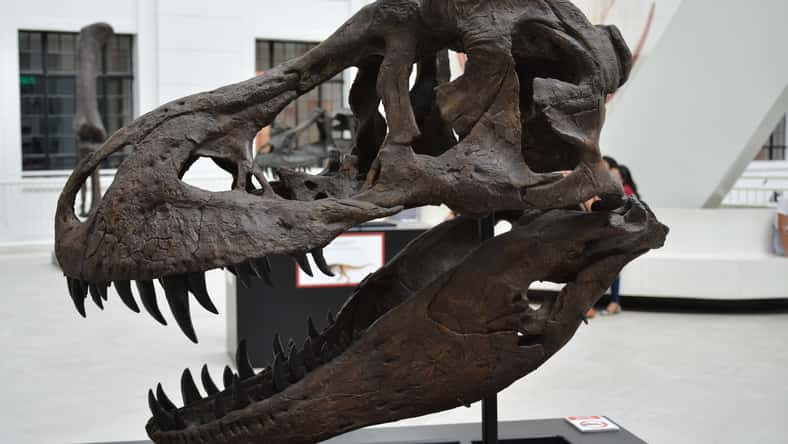
Almost 4,000 years ago, a log was buried in what is now Canada, effectively preserving most of its carbon content.
The piece of wood supports the idea that burying dead trees is a simple and useful method of keeping carbon contained and reducing greenhouse gas emissions.
In 2013, researchers discovered a 3,775-year-old log in Saint-Pie, Quebec, Canada. It was unearthed during a project to identify sites for “wood vaulting,” a form of biological carbon sequestration.
It involves trapping woody material under a layer of clay soil to prevent carbon from being released into the atmosphere.
The log was from an eastern red cedar (Juniperus virginiana). It was found 6.5 feet beneath blue clay soil near the edge of a creek bed. It was driftwood that likely ended up there after a flooding event.
The clay sediment preserved the wood by not allowing any microorganisms to grow that might have led to its decay. Not much oxygen is able to get through the dense, water-saturated clay particles.
The main components of the wood, lignin and holocellulose, are already resistant to decay, which helped contribute to its remarkable preservation.
But if the log had been aboveground, fungi and other organisms would have quickly eaten away at it. Due to the lack of oxygen underground, only anaerobic bacteria survived.
These bacteria have the ability to break down the outer layers of holocellulose, a carbohydrate in plants. But, they cannot degrade lignin, a polymer that gives plants their rigid structure. So they could not reach the inner layers of the wood.

Carbon dating showed that the log had been buried for almost four millennia. Infrared spectroscopy and scanning electron microscopy revealed that it had retained most of the carbon it absorbed from the atmosphere during its lifetime.
The log contains about five percent less carbon than a modern log from the same tree species. However, modern and ancient trees grew in different environments, which might affect the amount of carbon they have.
The findings provide proof that wood vaulting can be successful at trapping carbon. Plant life can remove billions of tons of carbon dioxide each year, but much of it reenters the atmosphere when plants decay or are burned.
The authors of the study believe that large-scale burial of trees could lock away more carbon and remove nearly a third of annual fossil fuel emissions.
Waste wood from forests and urban trees can be easily diverted to wood vaults at a low cost. Clay soils are also widespread, and once the wood is buried, the sites can be turned into spaces for agriculture or solar farming.
As you can see, something as simple as driftwood can provide plenty of information about the past that can inform our future.
The study was published in the journal Science.
Sign up for Chip Chick’s newsletter and get stories like this delivered to your inbox.












